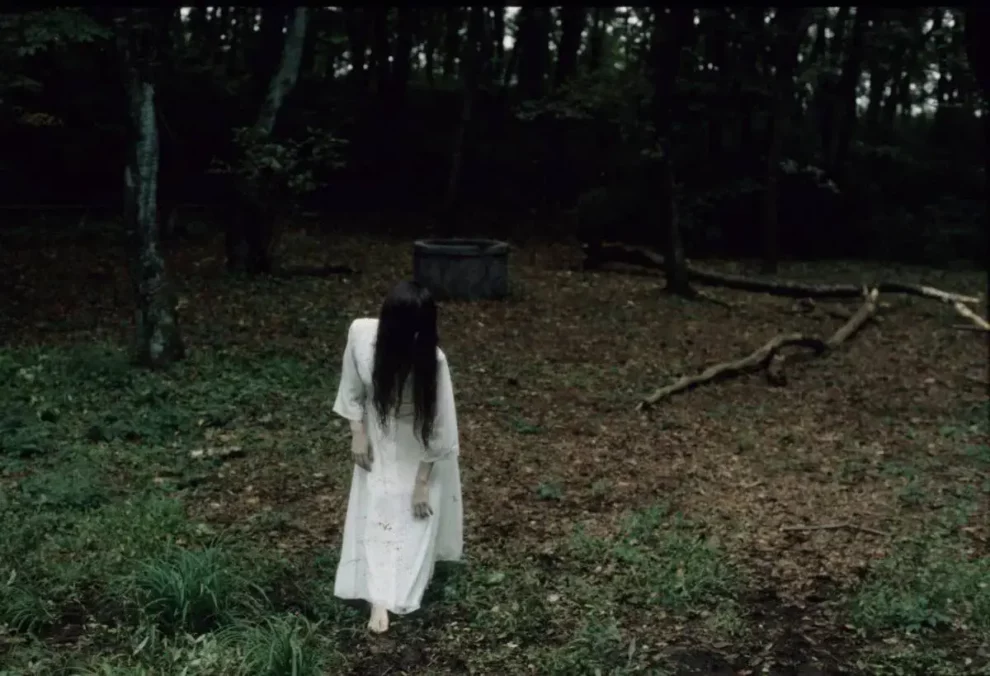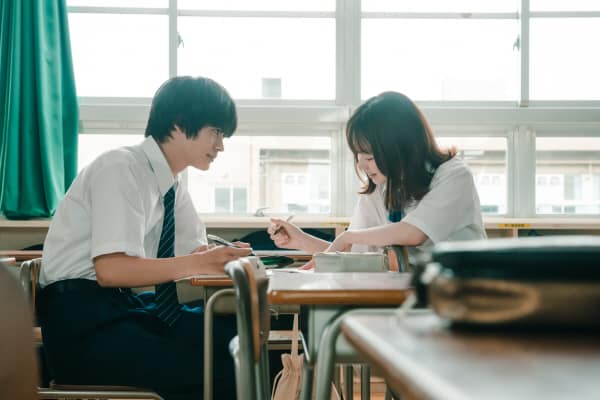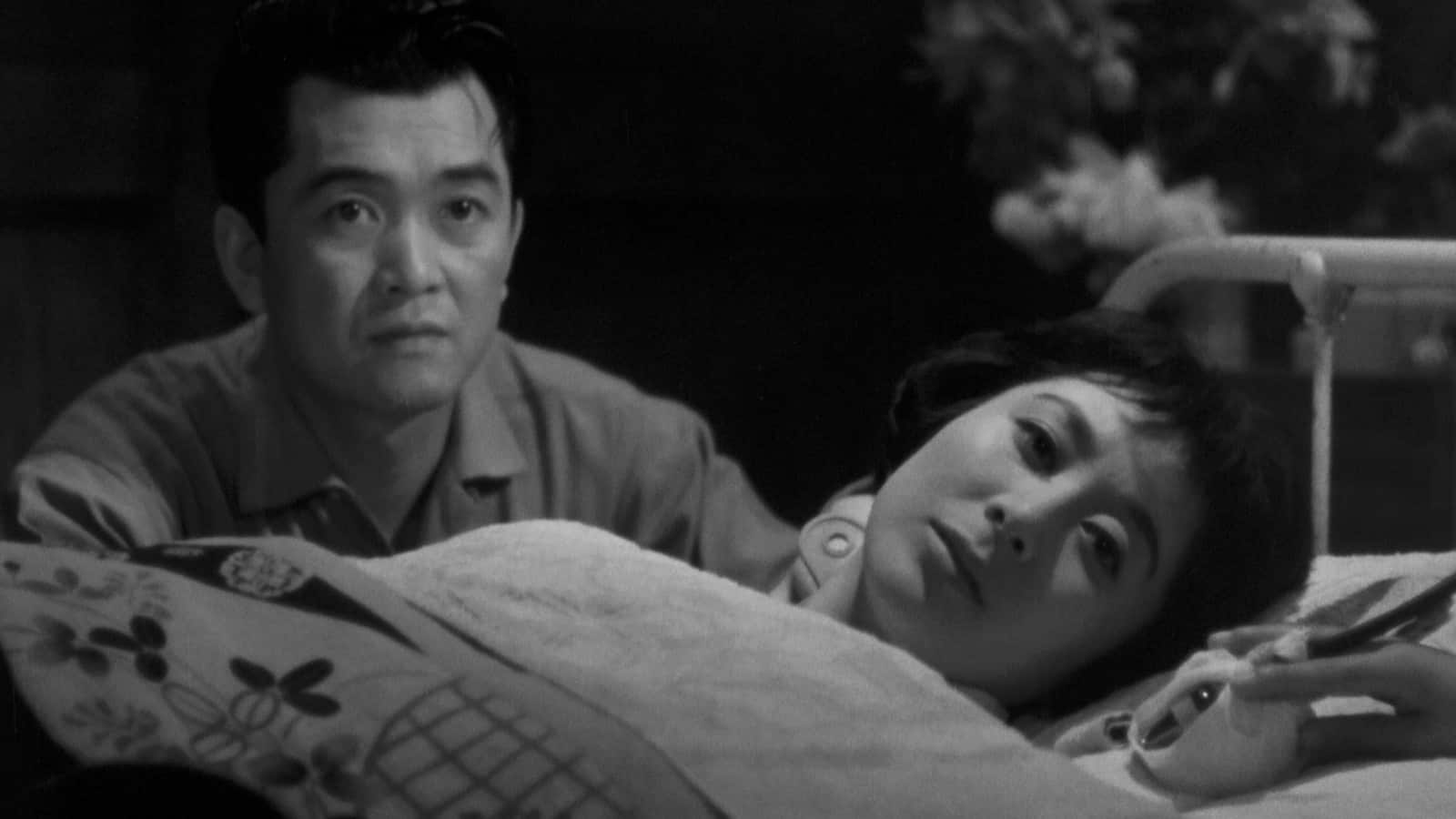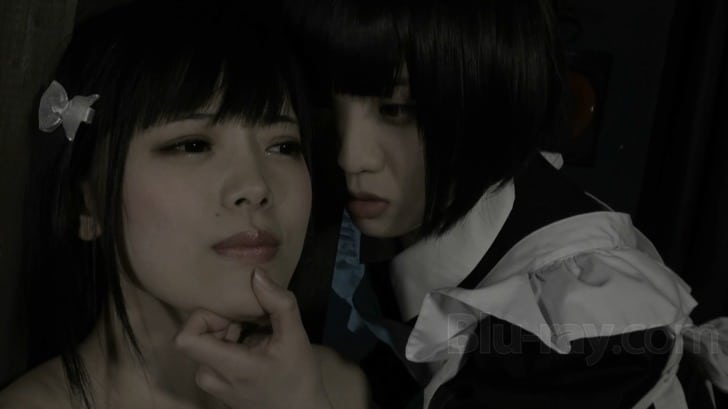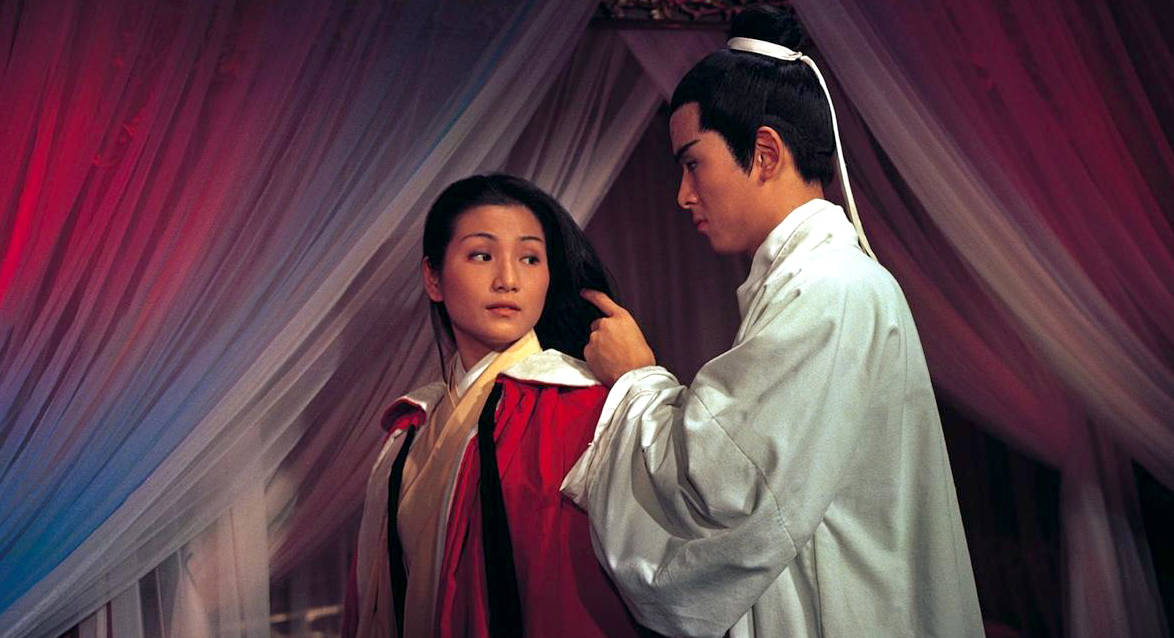J-Horror is among the most renowned internationally genres (aspects, waves) of Asian cinema, with the popularity of titles like “Ringu”, “Ju-on”, “Pulse” and so many others still echoing quite intensely. As such, it is quite interesting, even today, to shed a more thorough look to the roots, the motifs, and the reasons of success of these movies, also because some of the most central directors are still at large.
Check also this article
As such, I have to begin the review by stating that shooting this documentary seems like a colossal endeavor, both for arranging interviews with the likes of Kiyoshi Kurosawa, Takashi Shimizu, Teruyoshi Ishii, Joji Iida, Masayuki Ochiai, Shinya Tsukamoto, and Mari Asato, and for tracking down Rie Ino'o, who played Sadako in the first two films, and Takako Fuji, who played Kayako in a number of entries of “Ju-on”. Add to that a rather intense amount of footage of movie very few people out of Japan have seen, as in the case of “Psychic Vision” and “House of Restless Spirits” and the aforementioned classics, which getting the rights for could not have been easy, and you have the backbone of how difficult coming up with such a documentary is.
The result, however, is magnificent, since the phenomenon is highlighted and expressed in all its glory, from the people who were actually part of it, while the many different perspectives the plethora of people talking showcase, definitely add to its analysis. For example, the connection with technology and the fear deriving from it is connected with Japanese folklore and the ever-present alienation as the source of the themes of these movies, is depicted quite thoroughly. A very interesting comparison with Hollywood horror movies and the different things that scare Japanese and Westerners is also presented in the film, also as the reason why the movies from the two countries differ so much, even in the US remakes.
The interviews with the two aforementioned iconic actresses are definitely among the most intriguing aspects of the movie. Rie Ino'o, who mentions that she was pregnant during the shooting also sheds a feminist light to Sadako, with Takako Fuji doing more or less the same, additionally highlighting the very interesting story of how she came to play Kayako in the first place.
Lastly, Jasper Sharp, Tom Mes and Sarah Appleton offer their own info and perspectives, adding the very appealing view of the Western expert, without, though, dominating the narrative, which is mostly left on the actual protagonists and filmmakers.
Sarah Appleton's editing is excellent, with the way the interviews and the footage are combined being ideal, as the mix of analysis, trivia, history, personal comments and the movies themselves is quite entertaining, making the 95 minutes of the documentary pass in leisure.
Not much more to say, “The J-Horror Virus” is a documentary that manages to be an ideal watch for both fans of the genre and the ones that want to get to know it for the first time, equally analyzing and promoting in the best fashion.


